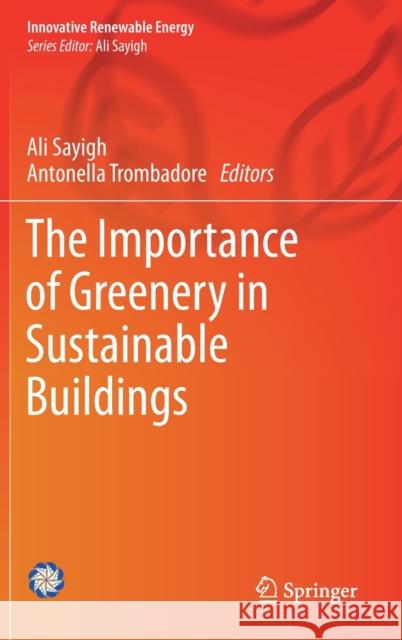The Importance of Greenery in Sustainable Buildings » książka
topmenu
The Importance of Greenery in Sustainable Buildings
ISBN-13: 9783030685553 / Angielski / Twarda / 2021 / 352 str.
Kategorie:
Kategorie BISAC:
Wydawca:
Springer
Seria wydawnicza:
Język:
Angielski
ISBN-13:
9783030685553
Rok wydania:
2021
Wydanie:
2022
Numer serii:
000826330
Ilość stron:
352
Waga:
0.68 kg
Wymiary:
23.39 x 15.6 x 2.06
Oprawa:
Twarda
Wolumenów:
01
Dodatkowe informacje:
Wydanie ilustrowane











